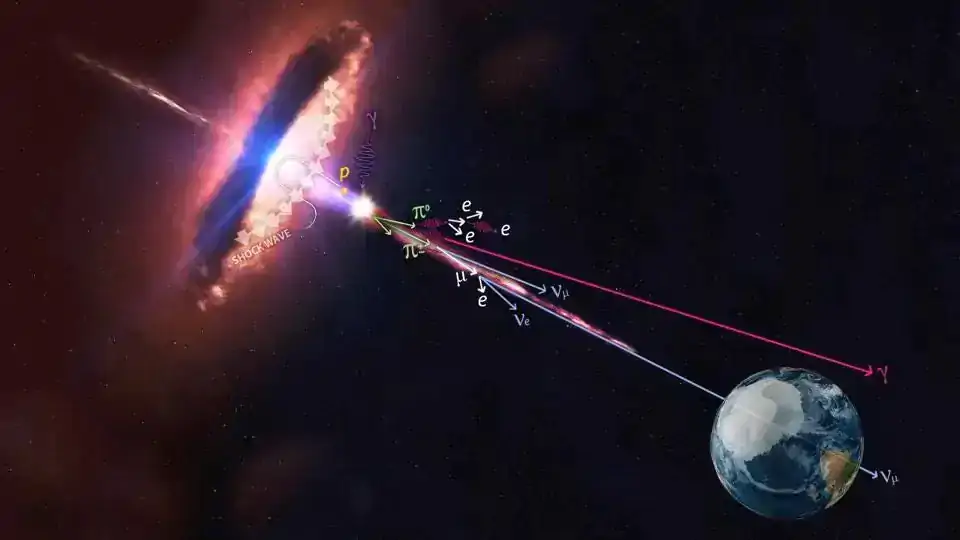Sky gazers at the Catalina Sky Survey based in Arizona, U.S. spotted a car-sized asteroid on Saturday, December 17, as it flew by our planet, closer to the surface than the communication satellites that orbit the Earth, CNET reported.
Astronomer Tony Dunn shared a simulation of the asteroid and how the Earth would have appeared when observed from the space rock.
Close call. Newly-discovered #asteroid 2022 YO1 passed closer than our geostationary satellites on Saturday. This shortened its orbital period, ensuring more frequent encounters. pic.twitter.com/foY24XNYdu
— Tony Dunn (@tony873004) December 20, 2022
The asteroid was spotted for the first time only when it made its closest flyby at about 13,000 miles (21,000 km) from the Earth. Communication satellites orbit our planet at greater distances of approximately 22,236 miles (35,786 km) from the surface.
The asteroid has been cataloged as 2022 YO1.
What do we know about asteroid 2022 YO1
Due to its proximity to the Earth, 2022 YO1 is classified as a Near Earth Object (NEO), and it could hit the Earth during one of its future orbits.
According to NASA's page, on December 17, the asteroid flew at a relative velocity of 34,450 miles an hour as it zipped past the Earth. As per estimations of its next orbit, 2022 YO1 could fly as close as 3,380 miles (5,439 km) exactly two years from the day it was first spotted.
Interestingly, the asteroid is the sixth closest space rock that astronomers have spotted this year alone. As a matter of fact, seven of the 50 closest space objects spotted so far have been observed in 2022. This demonstrates how our sky surveys are getting better.
The asteroid isn't very large in size and is only 13 feet ( four m) wide. Even if it were to race toward the Earth, it would likely burn up completely in the atmosphere, resulting in a fireball and never hitting the ground.

Scanning the skies for giant ones
Astronomers, however, scan the skies looking for giant asteroids with the potential to kill planets that might be headed our way. To increase our lookout capacity, NASA plans to launch an infrared space telescope, the Near Earth Objects (NEO) Surveyor, to hunt asteroids and comets that might be a risk to the planet.
The space telescope designed to spot asteroids 460 feet (140 m) or larger is expected to be launched in 2028 and aims to discover 90 percent of asteroids this size within a decade of its launch, the NASA webpage said.
Buoyed by the success of its recent Double Asteroid Redirection Test (DART) Mission, NASA is confident that if an Earth-destroying asteroid were spotted, it could launch a planetary defense system that could enough to deflect the asteroid from its path as it approached the Earth.
Interesting Engineering has also reported that China is also looking to develop its own planetary defense system. If an asteroid is indeed headed toward us, no more Armageddon. We will just use deflection.




 BlocksInform
BlocksInform










